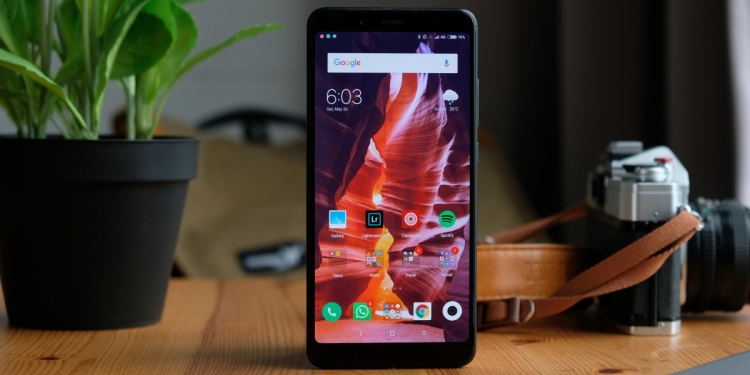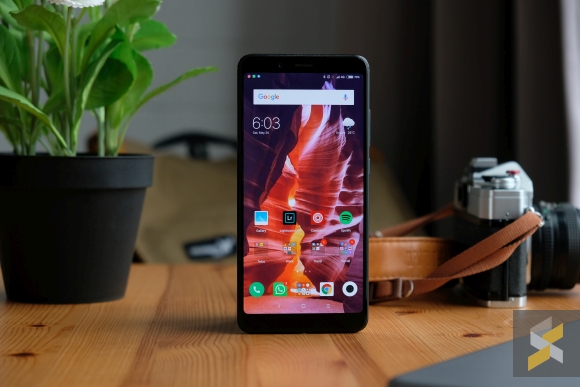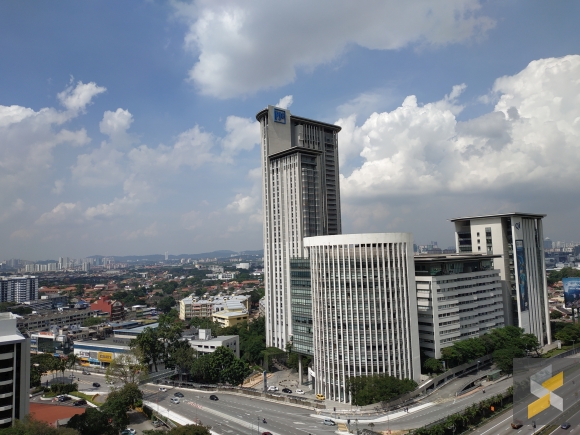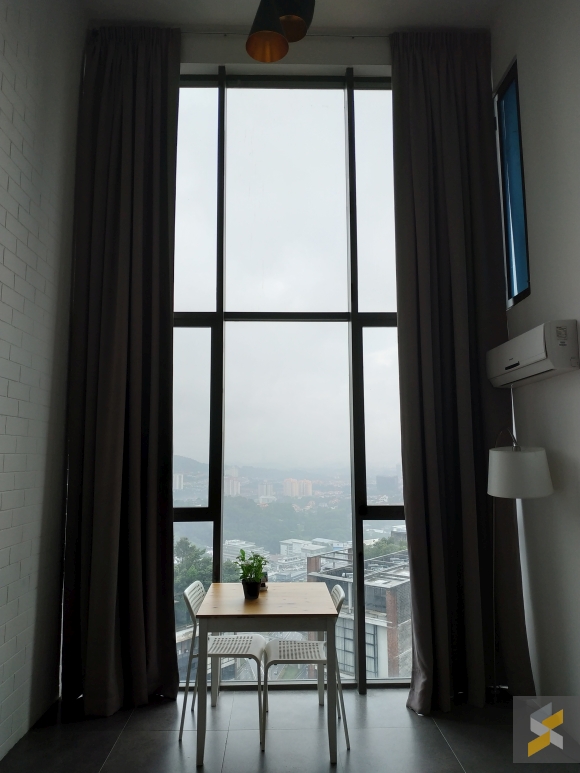I think, if you’ve been reading our site, you already know that Xiaomi’s really good at making cheap phones. Yes, they do make some solid flagship devices for incredibly attractive prices, but I’ve always found that they’re at their best in the affordable mid range segment.
Best phone under RM1,000? For me — for as long as I’ve been writing tech — the answer was always Redmi Note. This year, their champion in this increasingly competitive segment of the market is called the Redmi Note 5 and I’m here to help you find out if it’s still the one true king.
It may seem obvious, but I will still say that Xiaomi’s Redmi Note 5 is the best Redmi Note handset the company has made so far. And I say that not only because it is an improvement over its predecessor, but also because it exceeds the conventional expectations for a smartphone refresh.
If we’re talking about a by-the-books update in the Redmi Note line I usually turn to the Redmi Note 4. Yes, it was a serviceable update, but I didn’t think it did much to raise the bar.
This latest Redmi Note device changes that, and I still find it quite hard to believe you can get such a capable smartphone for less than RM1,000.
At least, I would if Xiaomi didn’t have a killer competitor on the horizon.
[nextpage title=”King…for now”]
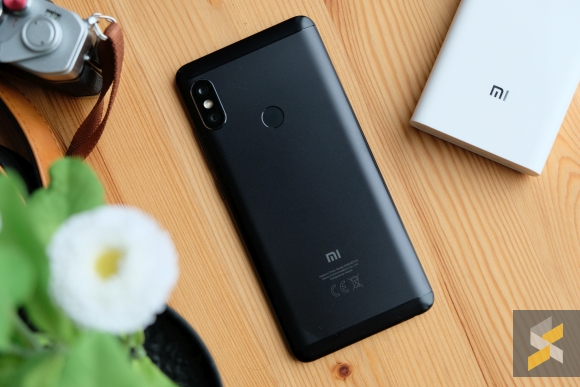
Xiaomi’s Redmi Note 5 is about as Redmi Note as it gets. The marriage between killer price and killer specs stays true here, more than ever before. And that’s because the device gives you pretty much the best hardware you can reasonably expect for the money you’re forking out.
This means that, at its heart, you’ll get frugal yet smooth Qualcomm Snapdragon 636 processor mated to 4GB of LPDDR4X memory and 64GB of internal storage for the top-of-the-line model. There’s also a more affordable version with 3GB of RAM and 32GB of storage, but I would encourage you to get 64GB of storage if you can afford it. 32GB fills up pretty quickly.

As you can expect, performance is solid. Everything is usually smooth (with only occasional stutters thanks to WhatsApp) and feels well optimised for the hardware. I didn’t face really big performance issues when using this phone except in one specific app, but I’ll get into that a little later in this article. Overall, A- on the performance scale.
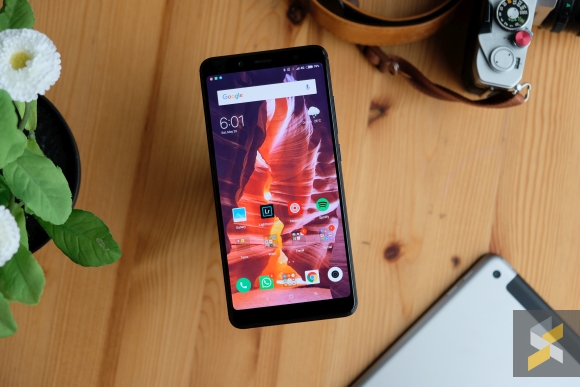
Redmi Note 5 also has a gorgeous new 5.99″ LCD panel up front and it looks great. The 18:9 aspect ratio Full HD+ (2160×1080 pixel) display is sharp, has great viewing angles and works well under most lighting conditions. My biggest gripe with it is that it doesn’t work well with polarised sunglasses. You won’t be able to see what’s on your screen when your phone is in portrait if you have one of those sunglasses on, so you’ll either have to tilt your head or the phone.
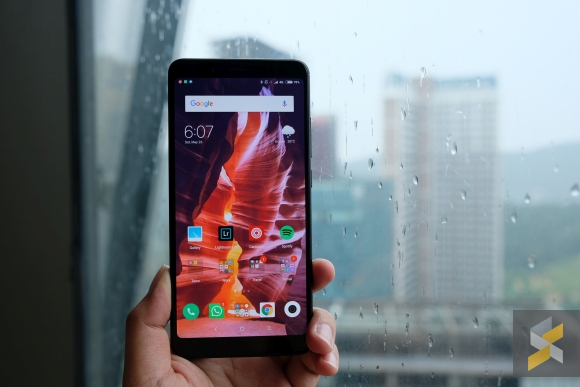
Makes it a pain for me to use in daylight but if you don’t use polarised sunglasses you won’t be affected. It’s something many smartphones suffer with so I won’t give the Redmi Note 5 too much of a hard time for it.
Especially considering the fact that the Redmi Note 5 has a really nice build. Almost everywhere your hand grips this phone, it will be greeted with a cool metal surface. There are plastic caps on the top and bottom of the device (for cellular) but it’s a great body for a phone at this price point. Side note: Buttons are also really nice and clicky.
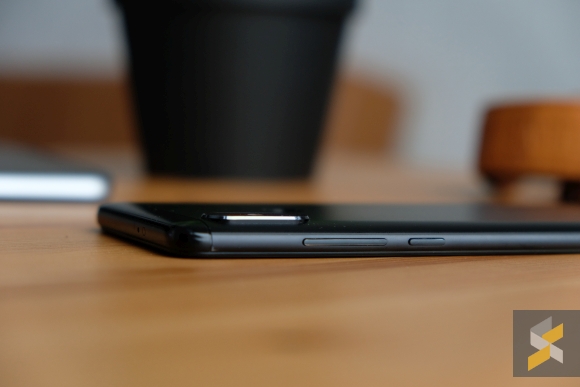
There is a quick fingerprint scanner at the back of the device that you can use to unlock your phone, but the Redmi Note 5 — at least, the Malaysian units — doesn’t get any kind of “face unlock” feature. Personally, I don’t use face unlocks because I think it’s less secure than a fingerprint, but if you are one of those people who like face unlock, you’ll have to live without it if you want a Redmi Note 5.

Although the handset only has one speaker, it’s pretty loud. It’s even louder than my 2018 iPad and when I’m on the can, I honestly only care about volume. Sound quality is secondary. But if you’re a fussy audiophile, you’ll probably want to stick a pair of headphones into the included 3.5mm headphone jack (I can’t believe I have to list a headphone jack as a pro, but this is the world we live in now).
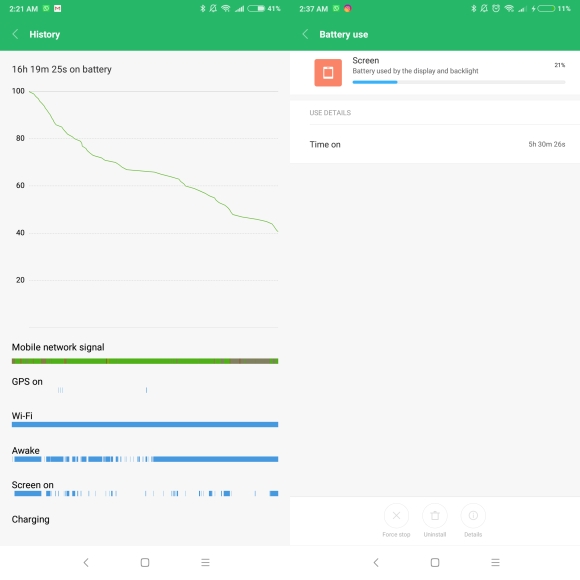
Power users will appreciate one of my favourite features of this handset: Its battery life. Inside the Redmi Note 5, you’ll find a 4,000 mAh cell that will give you really solid battery performance. The device was easily able to get me through an entire day (17+ hours on battery) with about five and a half hours of screen-on time (SOT). That’s well above average in my experience (usually 4.5 hours is acceptable) so good job, Xiaomi.
Unfortunately, there is a small caveat. The Redmi Note 5 doesn’t come with a quick-charging power brick. It’s just a standard 5V2A unit that can fully charge the handset in about two hours and 40 minutes. However, we noticed that the device does support fast-charging because when we plugged it into a quick-charge power brick the charging icon changed into one that looks a lot like Qualcomm’s Quick Charge icon.

With the normal brick that comes with the Redmi Note 5, 30 minutes on the plug gave me about a 25% charge. When hooked up to a Quick Charge power brick, I got about 35% in 30 minutes, so it works!

That said, there are some features that will deter these “power users” as well. The lack of a dedicated microSD card slot, for example, means you will have to live with a hybrid solution if you want to expand memory and use two SIMs. There’s also the fact that this device still uses a microUSB port for charging, which is a really annoying for someone like me who has invested into switching to USB-C.
Still, I think these are fairly minor issues that can be lived with. What follows, are what I think are the real cons of the Redmi Note 5.
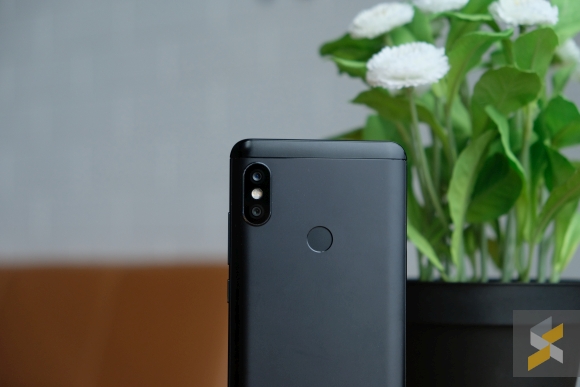
The first, is the handset’s camera. And this is a little tricky because I think this particular feature is both a pro AND a con. Let me explain.
If we were talking about image quality, I think the Xiaomi Redmi Note 5’s 12MP + 5MP dual camera can capture pretty good photos especially in good lighting.

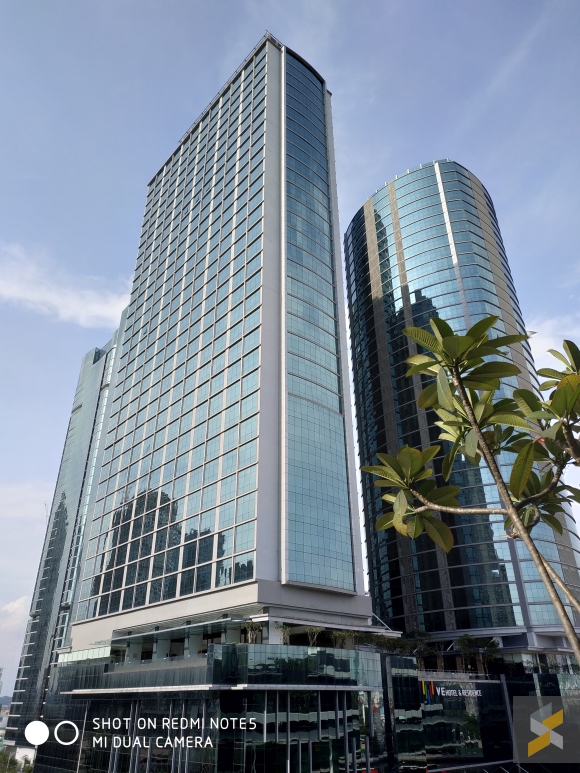

It’s not super amazing or in contention for best smartphone camera ever, but for under RM1,000, I really can’t complain. Redmi Note 5 takes the best photos I’ve seen at this price point.
Still, it falls apart a little bit in low light but not every phone has Huawei’s crazy Night Mode or crazy f/1.5 apertures.



It’s also capable of some nice looking portrait shots with pretty accurate edge detection, something Xiaomi’s always been pretty good at.

However, image quality to me is only one facet of smartphone photography. Being speedy is also very important. I need my phone to capture fleeting moments because I don’t have time to whip my camera out and a phone that can’t do that leaves a bitter taste in my mouth.
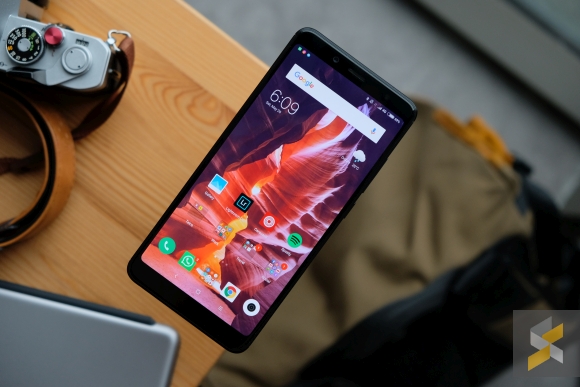
Unfortunately, Xiaomi’s Redmi Note 5’s camera is very sluggish more often than it should. It’s usually the worst when you first launch it, but sometimes subsequent launches can take a while too. What’s more, if you take several photos in a row, the app can sometimes slow to a stop because of background processing.
And of course, it goes without saying that this gets worse the darker the scene gets. Sometimes you just end up with photos like these:

I will put a little asterisk on this con, however. You see, we have three Redmi Note 5s in the office and only two out of the three devices have this issue. According to my third colleague, he hasn’t experienced any extraordinary sluggishness. However, I do bring this up because from the devices in our office, this doesn’t look like an isolated incident.
Still, Xiaomi could fix this with a future software patch so fingers crossed there.

Now, it’s time for my second and final con: MIUI. I’ve said this in the past and I’ll say it again here, I’m not a fan of MIUI. Xiaomi’s heavily skinned Android UX is something that always turns me off reviewing their handsets.
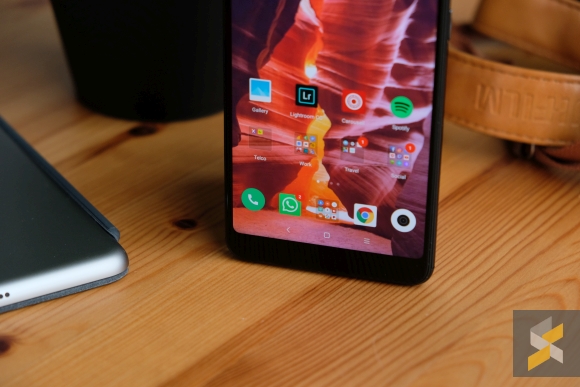
I don’t like the way it looks, I don’t like the lack of an app drawer, I don’t like the way notifications are handled, and I don’t like the settings/quick settings menu, among others. It’s just an operating system that I would not enjoy using on a daily basis because it deviates so far from the stock Android UX that I’ve grown to love so much.
The silver lining here is that it is built on top of Android 8.1 Oreo but Xiaomi has a bit of a reputation for not updating Android versions and sticking to MIUI updates instead.
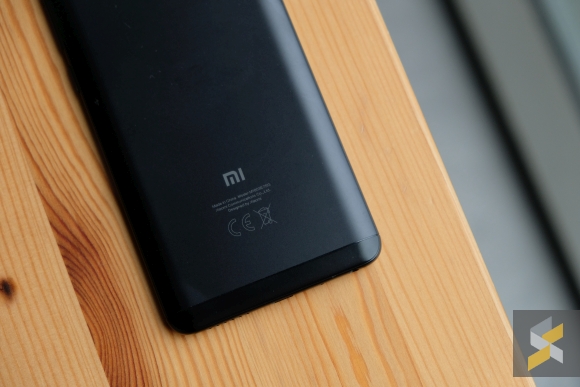
In case you haven’t noticed yet, there really isn’t much to dislike about the Redmi Note 5. It’s a Redmi Note, so it’s solid, smooth and, most importantly, affordable. You would really be hard pressed to find a better phone at this price point.
But, this mid-ranger wasn’t simply content with being a solid phone for the money, Xiaomi also gave it a much larger screen, a better build, and a camera that takes much better photos than any Redmi Note device I’ve used. This isn’t just them doing good, this is them raising the bar, and that’s something I can always appreciate.
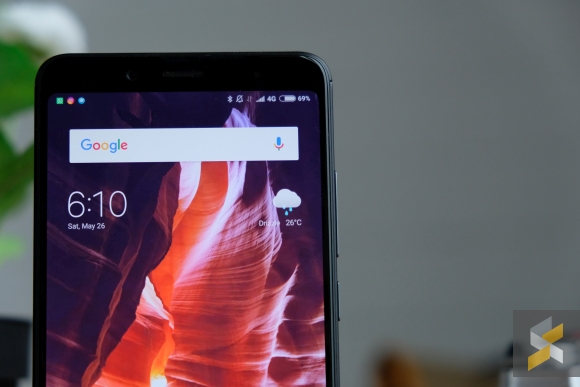
Sure, there are things I don’t like with this phone like the sluggish camera app, the microUSB port and MIUI, but when you consider the fact that you can get this for below RM1,000, all of that become things you can kind of live with.
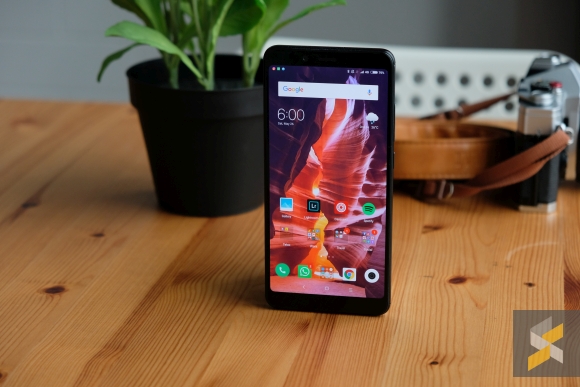
Xiaomi has a knack for making great phones at great price points and the Redmi Note 5 is a masterclass in that. From the looks of things, the only upcoming phone that I could see realistically usurping this king of the mid-range is ASUS’ brand new ZenFone Max Pro.
For someone like me, the lure of stock Android is almost enough to single-handedly win me over. Couple that with an even bigger 5,000 mAh battery and an even more affordable price tag than the Redmi Note 5 and you’ve got one hell of a contender.
But right now, the Redmi Note 5 still reigns supreme in my book.
[nextpage title=”Camera roll”]
Here are more photos captured with the Xiaomi Redmi Note 5. Click on each on to view its full resolution.
Good light
Low light
Portrait Mode
This is with beauty mode maxed out:
It even performs pretty well in low light:

